When moving to Lync one of the major hurdles for a business is what to do with remote desktop users. Because all the processing is server side, the real-time features of Lync are a little trickier to deliver to the thin client or remote PC. This article is an effort to help explain the different scenarios and how best to deal with them. This article directly refers to Microsoft technologies, but similar options are available with other vendors e.g. VMware Horizon, Citrix XenApp and XenDesktop.
Remote Desktop Session Host (RDSH)
The most common remote desktop delivery method is via a session host server, or more commonly known as a terminal server. Windows Server 2008 SP1 introduced RemoteFX, bringing with it a more advanced version of the RDP compression scheme, that allows for more efficient streaming of both video and audio. This provides a better experience compared to RDSH without RemoteFX enabled, but has fewer capabilities compared to RemoteFX with Remote Desktop Virtualization Host (RDVH/VDI) which is talked about further later in this article.
Audio
Out of the box most current versions of RDP will support remote audio regardless of whether RemoteFX is used or not. This is very basic and delivers the audio stream over the RDP protocol. In the Remote Desktop client find “Remote audio” – “Settings…”:
Make sure that “Remote audio playback” is set to “Play on this computer” and “Remote audio recording” is set to “Record from this computer”:
Once you have made the changes log back in check the “Audio Device Settings” in the Lync client, making sure that your speaker and microphone are using “Remote Audio”. If you don’t see the remote device try
restarting the Lync client or logging out and back in again:
restarting the Lync client or logging out and back in again:
While this method works, it is not likely to be as good as a directly connected Lync Client.
Video/Media
Video and rapidly changing media is likely to struggle when delivered via session host, and thus is not recommended. As described above, RemoteFx will provide improvements, but is still not perfect.
USB Redirection
With RemoteFX USB redirection is not possible for direct RDSH connections to Windows 2008 R2 SP1 by itself, with or without GPU. But you can use certain USB devices via other mechanisms (e.g. a USB flash drive may be accessed via Drive Redirection). RemoteFX USB redirection is available for direct RDSH connections to Windows Server 2012.
Remote Desktop Virtualization Host (RDVH/VDI)
VDI is an emerging technology that uses virtualisation to compartmentalise user desktops using a “Golden Image” with differencing technology to save individual user changes. In conjunction with RemoteFX, VDI provides vast improvements for real time services as well as USB redirection.
Audio/Video/Media
Lync 2013 fully supports VDI by taking advantage of the new Media Redirection architecture introduced in Server 2012, which allows Voice over IP (VoIP) applications to natively integrate with RemoteFX, and enables transmission and rendering of audio and video content directly on the client side. The Lync VDI Plug-in is a stand-alone application that installs on the local computer, and allows the use of local audio and video devices with the Lync 2013 client running on the virtual machine. The plug-in does not require
Lync to be installed on the local computer. After the user signs in to the Lync 2013 client that is running on the virtual machine, Lync prompts the user to re-enter his or her credentials, in order to establish a connection with the Lync VDI Plug-in that is running on the local computer. After this connection is established, the user is ready to make and receive audio and video calls. This approach means that audio and video originates and terminates at the client rather than the server.
Lync to be installed on the local computer. After the user signs in to the Lync 2013 client that is running on the virtual machine, Lync prompts the user to re-enter his or her credentials, in order to establish a connection with the Lync VDI Plug-in that is running on the local computer. After this connection is established, the user is ready to make and receive audio and video calls. This approach means that audio and video originates and terminates at the client rather than the server.
Advantages with VDI:
- Audio and video performance similar to that of
running Lync locally. Since a double hop of media content is avoided, even WAN
users can have a great Lync audio/video experience. - Reduced bandwidth usage between the client and
the data centre because Lync media content is not sent from the server-based
desktop anymore. - Improved server scalability because CPU
intensive media processing happens on the client side.
VDI Feature Limitations
- There is limited support for Call Delegation and
Response Group Agent Anonymisation features. - There is no support for the
following features:- Integrated Audio Device and Video Device tuning
pages - Multiple-view video
- Recording of conversations
- Joining meetings anonymously (that is, joining
Lync meetings hosted by an organization that does not federate with your
organization) - Using the Lync VDI plug-in along with a Lync
Phone Edition device - Call continuity in case of a network outage
- Customized ringtones and music-on-hold features
- The Lync VDI plug-in is not supported in an
Office 365 environment.
- Integrated Audio Device and Video Device tuning
USB Redirection
RemoteFX USB Redirection for Remote Desktop Virtualization Host (RDVH) in Windows 7 Service Pack 1 was available only to those deployments that enabled the RemoteFX vGPU. With Windows Server 2012, USB Redirection is now available to any RDVH deployments, with or without the RemoteFX vGPU.
USB devices can now be selected for redirection even in the middle of a remote session, and can be swapped between remote sessions or to the local PC. When RemoteFX USB Redirection is enabled, simply tap the new Devices icon on the Connection Bar to choose which devices are redirected.
The Remote Desktop Connection dialog box allows you to
choose USB devices that you want to use in your remote desktop session.
choose USB devices that you want to use in your remote desktop session.
RemoteFX for RD Virtualization Host server hardware requirements
For Windows 7 SP1 VMs, RemoteFX USB redirection requires that the vGPU be installed in the VM (and thus the 2008 R2 SP1 host must have the required GPU and SLAT). But for Windows 8 VMs, the vGPU is no longer required – you simply need to have the Enterprise SKU of Win8 in the VM. The GPU is no longer necessary to achieve USB redirection on connections to Windows 8 physical desktops or Windows 8 VMs running on Windows Server 2012, or Windows Server 2012 RDSH. All other scenarios will still require the vGPU.
Comparing Remote Desktop Virtualization Host (RDVH/VDI) & Remote Desktop Session Host (RDSH) (Based on Server 2008 R2)
RemoteFX w/ Remote Desktop Virtualization Host (RDVH/VDI)
- Rich user experience for Virtual Desktop
Infrastructure (VDI) via- 3D virtual adapter
- intelligent codecs
- ability to redirect USB devices in virtual machines
- Requirements
- RemoteFX enabled on a Remote Desktop
Virtualization Host server - Windows 7 Enterprise/Ultimate running in a VM on
the RemoteFX server - RemoteFX compatible client
- Server-based GPU and other HW requirements as
defined in this article - Remote Desktop Connection performance set to LAN
(10 Mbps or higher)
- RemoteFX enabled on a Remote Desktop
- Result
- Full fidelity experience (e.g., 3D applications
built on DirectX, Silverlight and Flash applications, etc.)
- Full fidelity experience (e.g., 3D applications
RemoteFX w/ Remote Desktop Session Host (RDSH/Terminal
Server)
- Rich user experience defined as:
- lower bandwidth usage as compared to Windows
Server 2008 R2 when transferring rich graphics applications (i.e., intelligent
codecs provide a better experience) - Does not provide the same experience as RemoteFX
w/ Remote Desktop Virtualization Host (RDVH/VDI)
- lower bandwidth usage as compared to Windows
- Does not provide:
- 3D virtual adapter
- ability to redirect USB devices in virtual
machines
- Requirements
- RemoteFX enabled on a Remote Desktop Session
Host server - RemoteFX compatible client
- Remote Desktop Connection performance set to LAN
(10 Mbps or higher - No server-based GPU is required
- RemoteFX enabled on a Remote Desktop Session
- Result
- Provides a better experience compared to Windows
Server 2008 R2 without RemoteFX enabled but has fewer capabilites compared to
RemoteFX w/ Remote Desktop Virtualization Host (RDVH/VDI).
- Provides a better experience compared to Windows
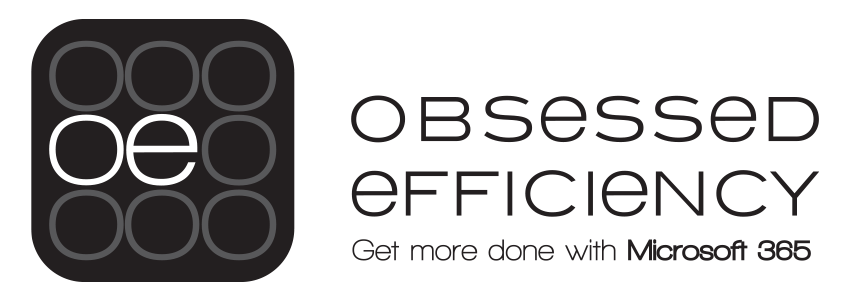


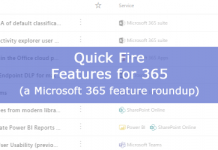

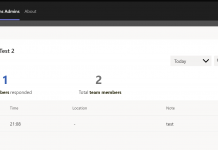
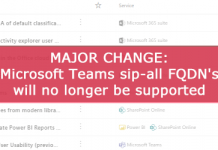
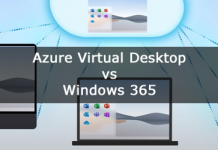






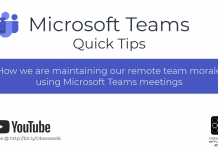


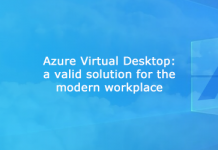
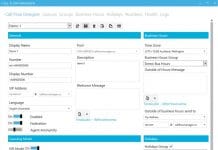









Nice history on how RemoteFX made Lync VDI Plugin possible. I recently demo'd this to a Windows 8 VDI customer who had kept old PC hardware for terminals.. and the difference is stark. From 3-7 fps for a CIF resolution video with corrupt and choppy audio running Citrix Receiver 3.4 on Windows XP (obviously no support for the plugin, nor RemoteFX)… To smooth and fluid full-screen high definition video and perfect audio running Citrix Receiver 4.1 on Windows 7 SP1 Thin PC. With absolutely no change to the network, or VDI configuration needed.
It's good you pointed out the limitations, It's never going to be as polished as the Lync client running natively on some decent hardware. But the gap is getting smaller.
Hey Graham, cheers for your feedback and sharing your experiences. The remote desktop technologies are getting better and better for sure.